Business Information System Report: Restaurant Issues and Solutions
VerifiedAdded on 2023/01/13
|10
|481
|32
Report
AI Summary
This report provides an analysis of a business information system, specifically focusing on a restaurant's challenges related to non-routine decision-making. It begins with an introduction to business information systems and then identifies the specific issue faced by the restaurant. The report justifies the strategic, business, and operational value of the proposed solutions, including the application of the Balance Scorecard for performance measurement. Furthermore, it explains the rationale behind using Porter's Five Forces to identify the most appropriate solutions. The conclusion highlights the significance of business information systems in addressing organizational issues, emphasizing the effectiveness of DSS in improving decision-making by considering both internal and external factors. The report concludes with a list of references, providing a comprehensive overview of the topic.
1 out of 10
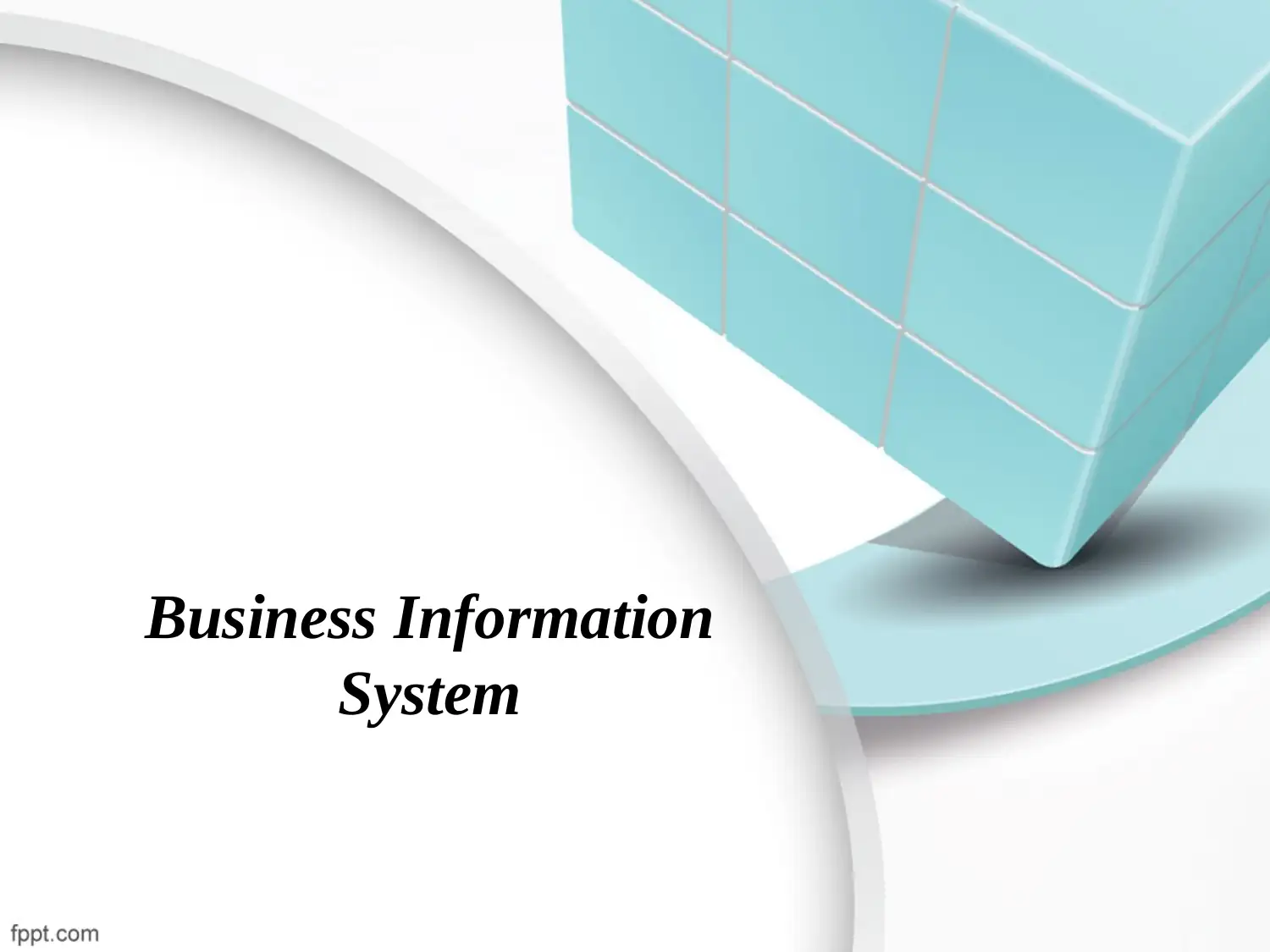
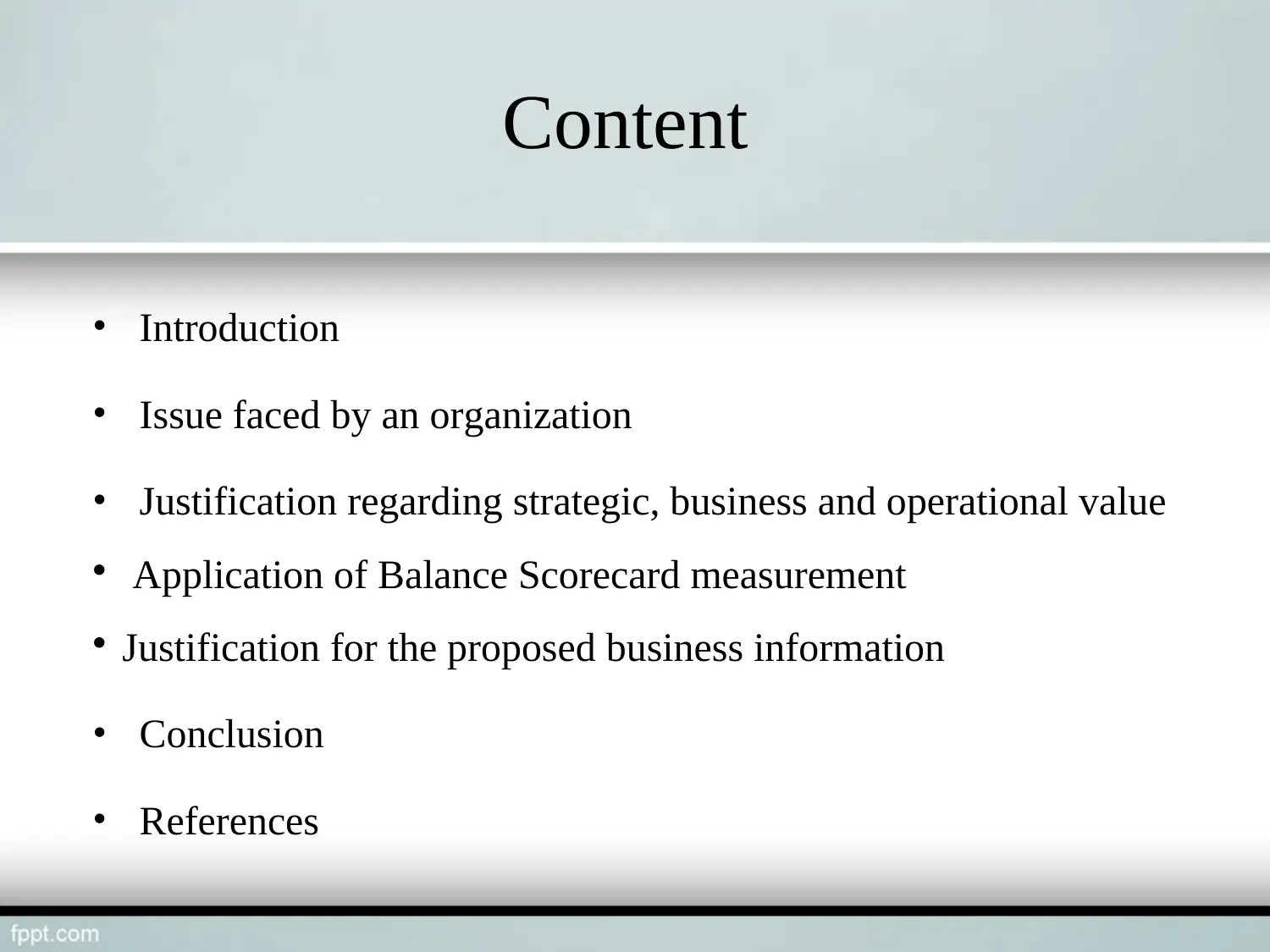
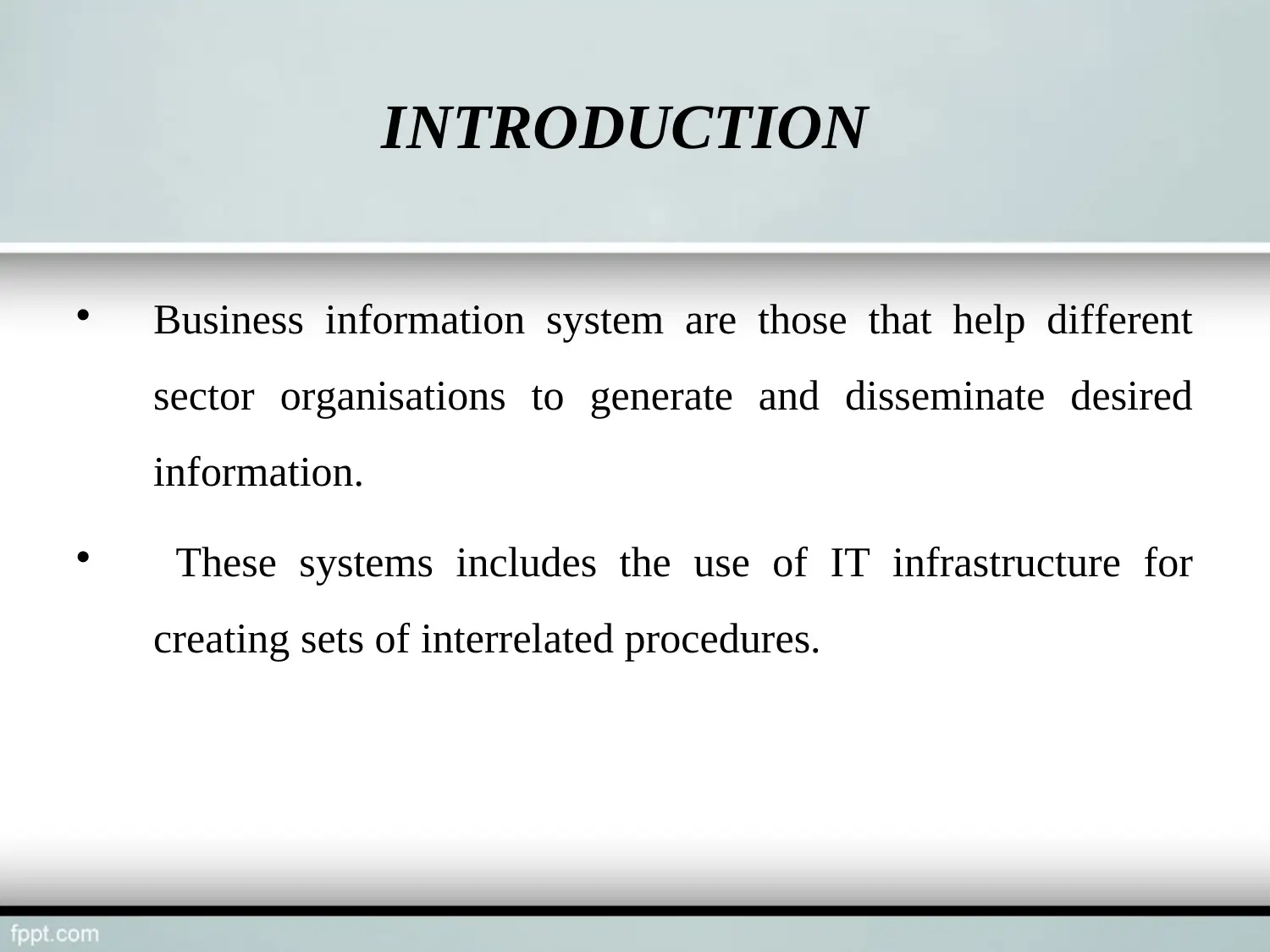

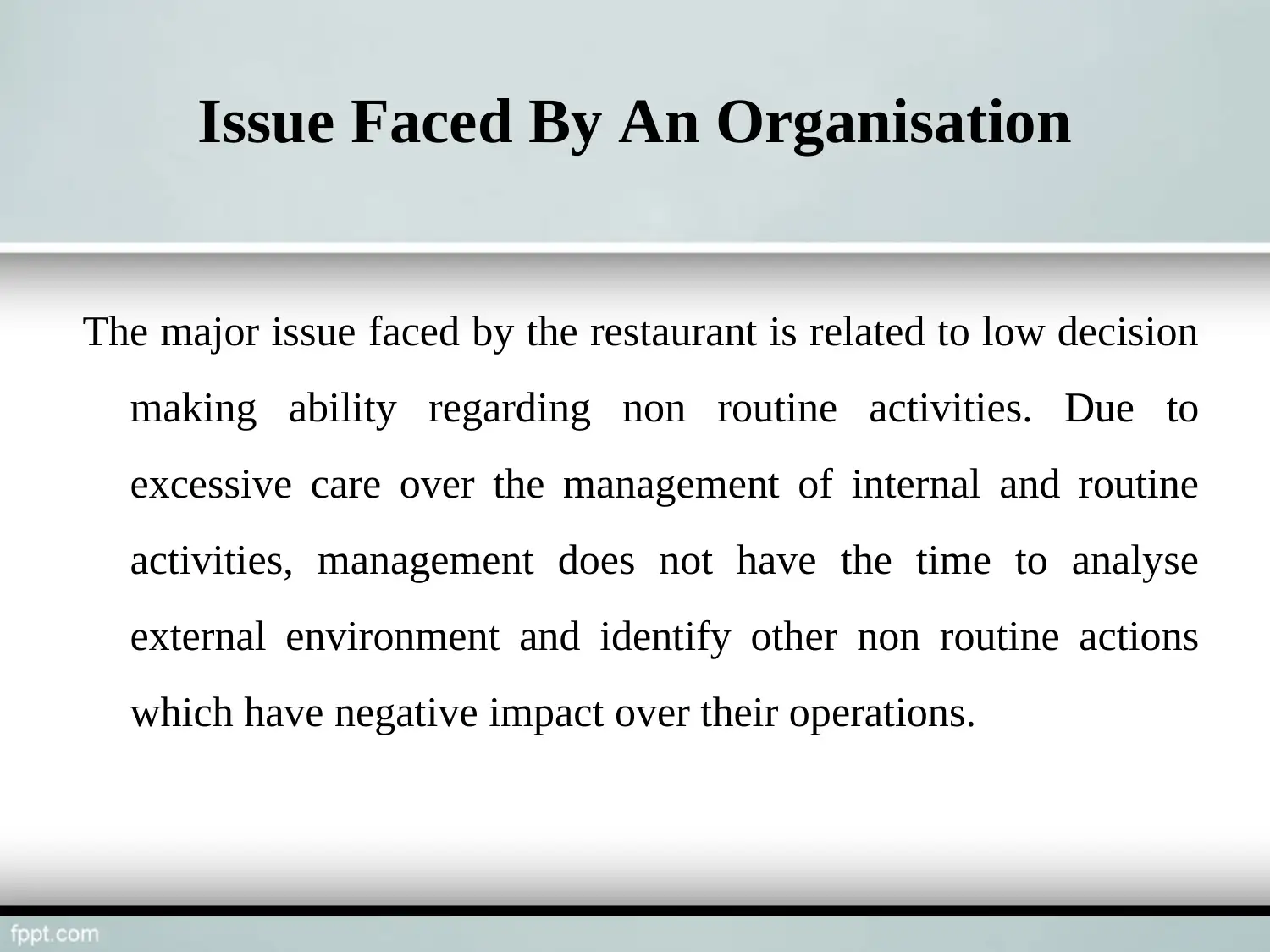
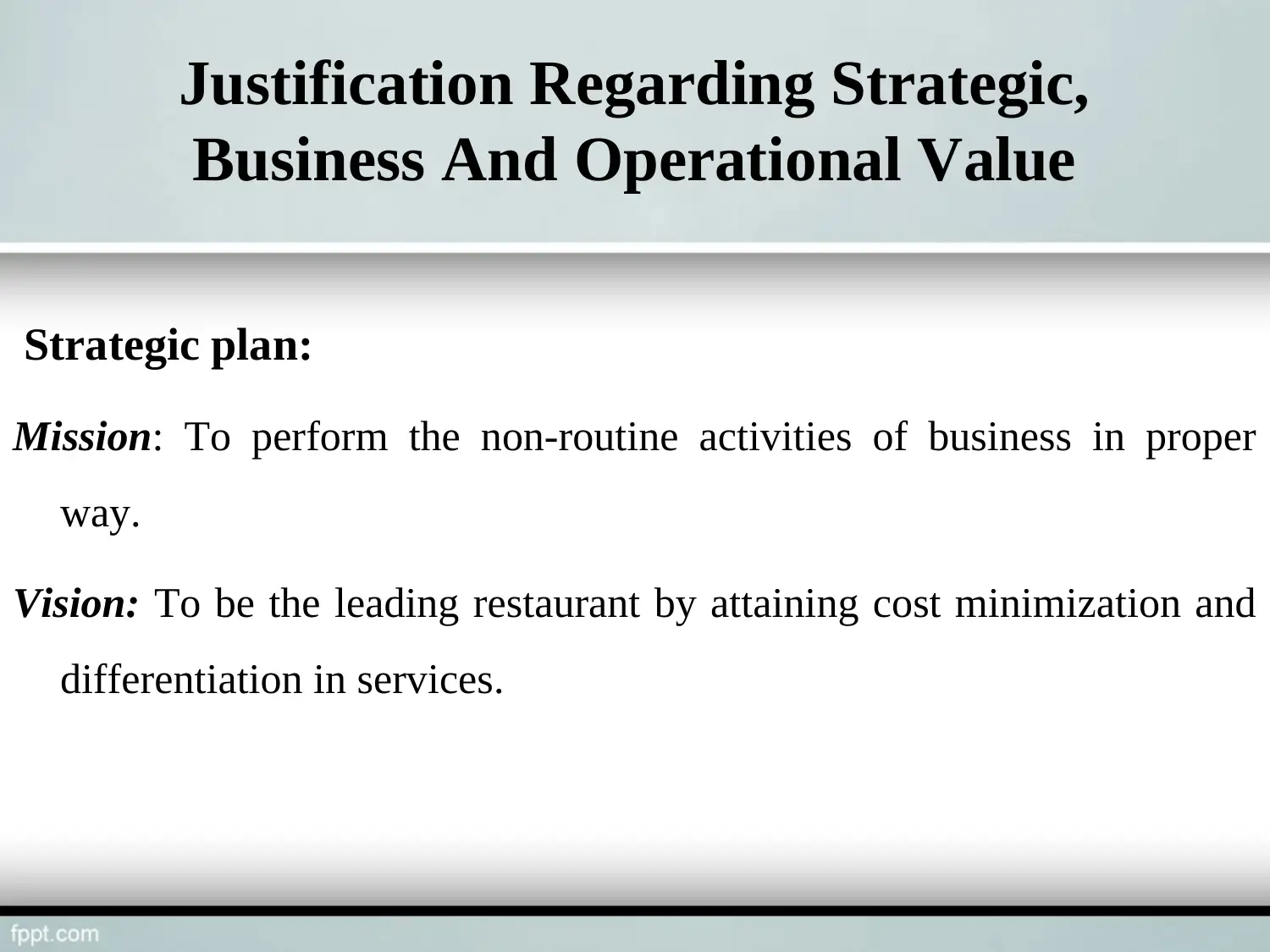
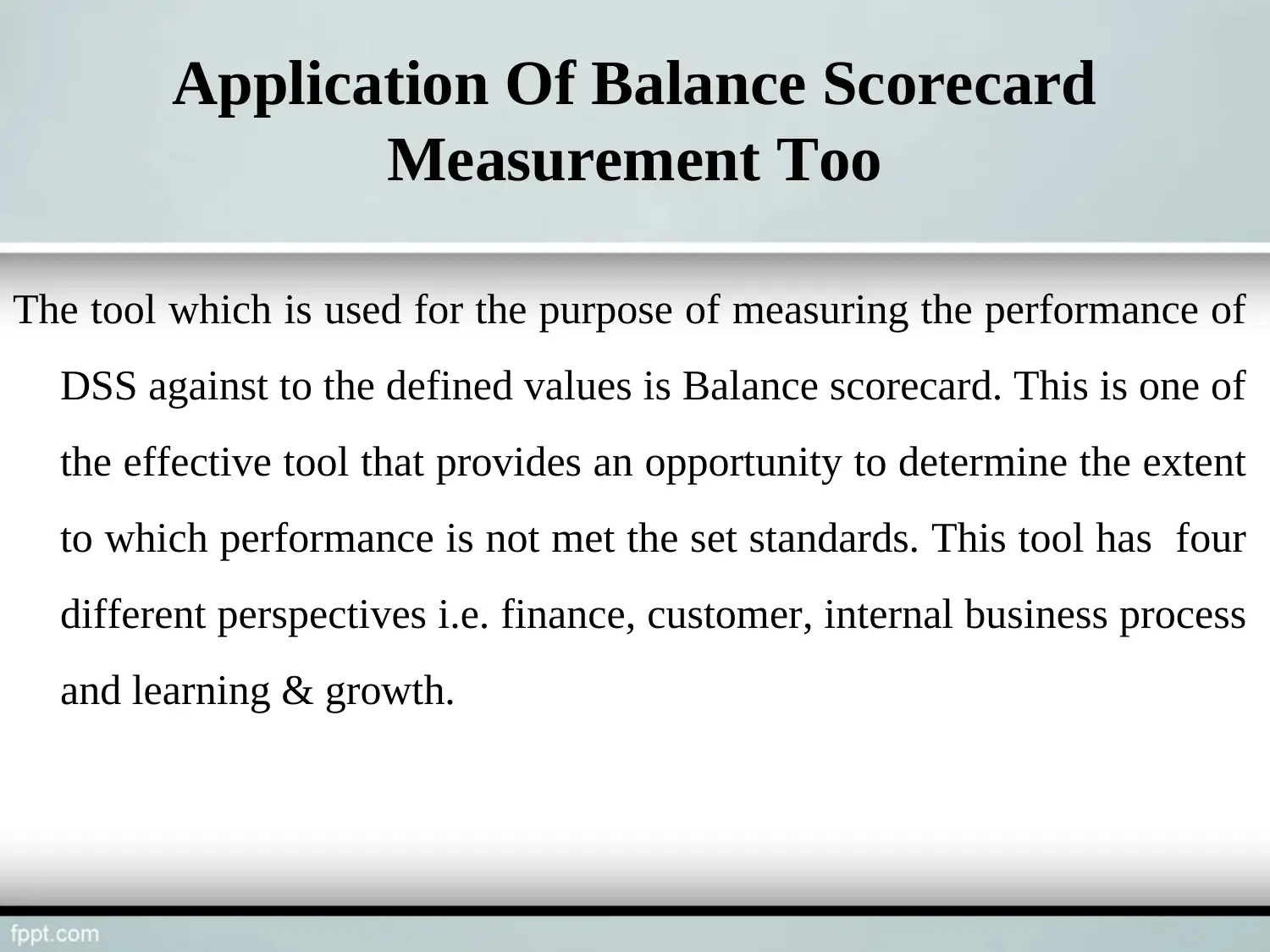
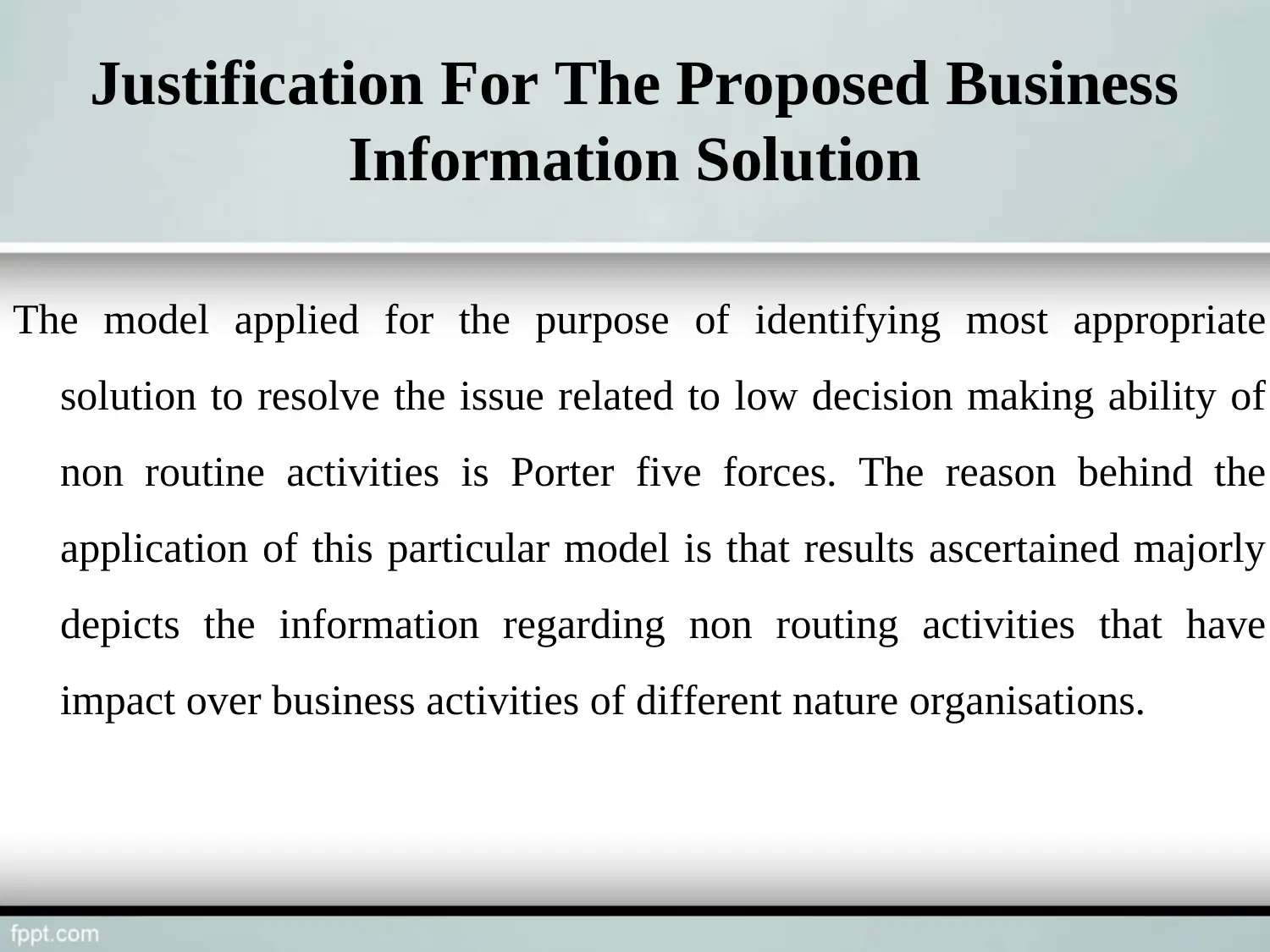
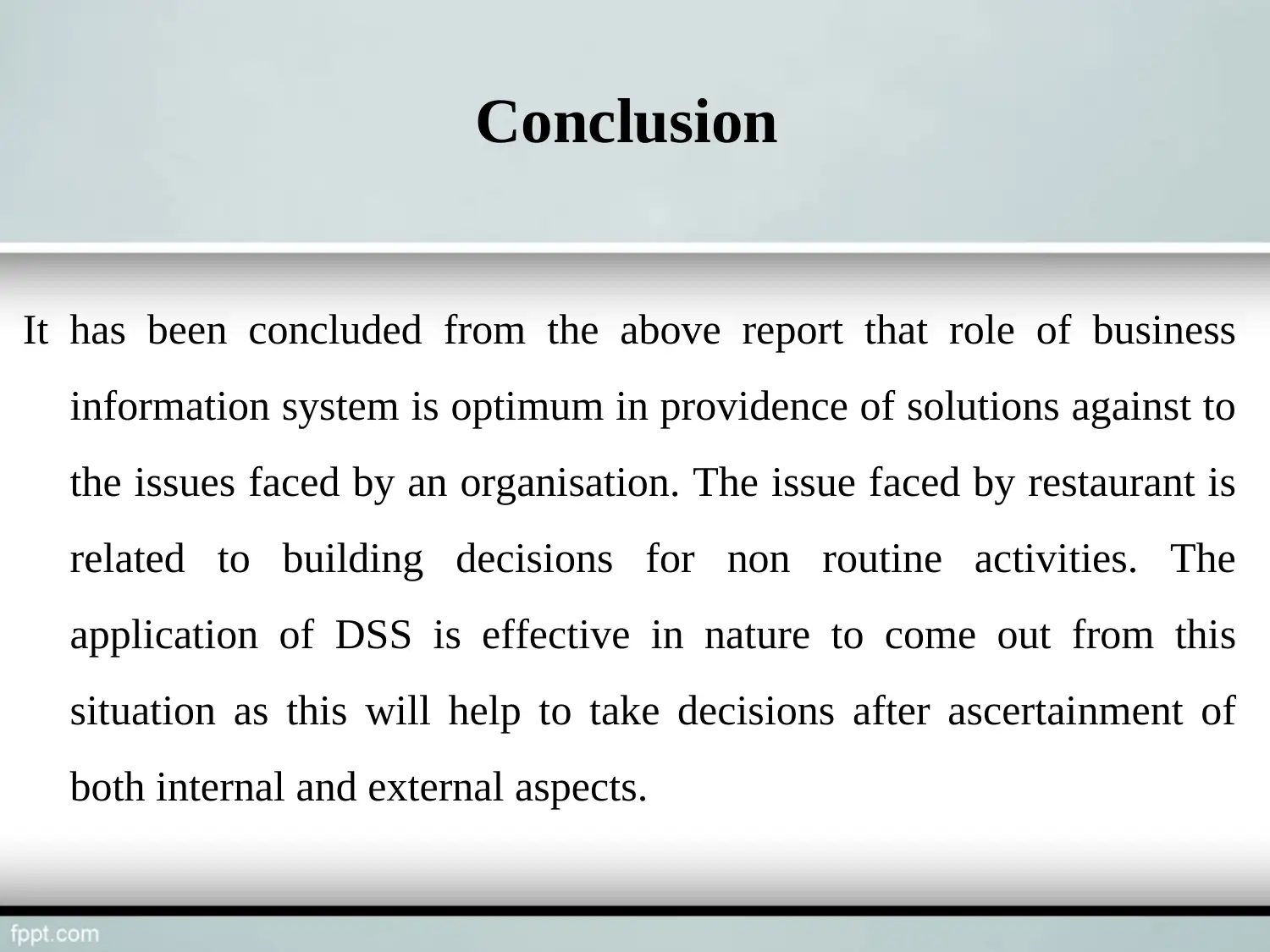
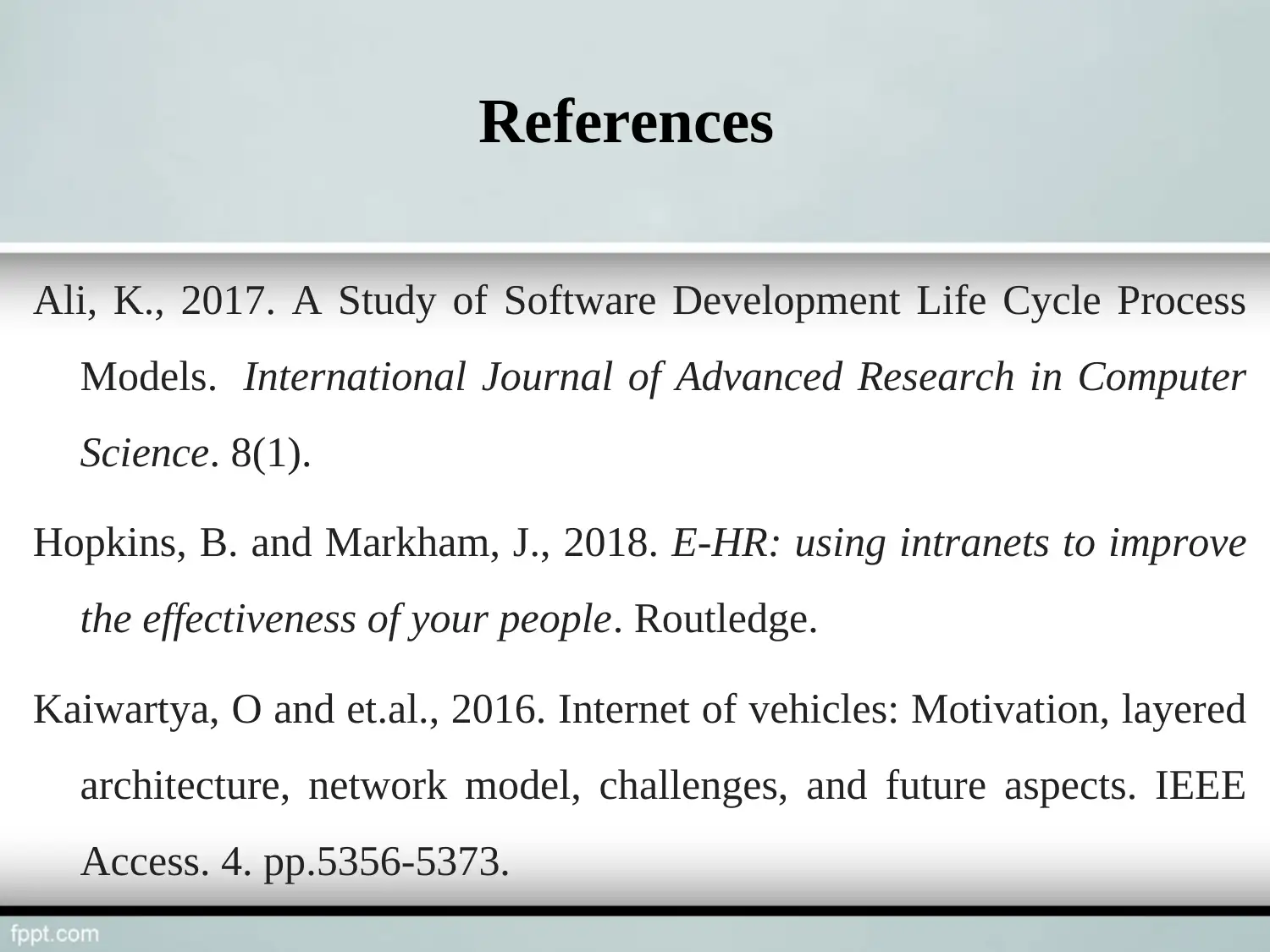







![[object Object]](/_next/static/media/star-bottom.7253800d.svg)